Plants
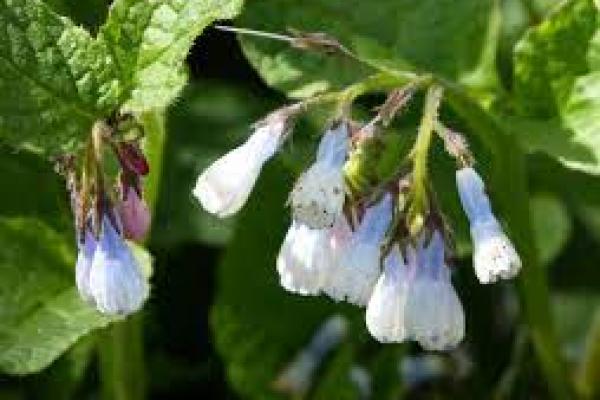
This Page is all about the Plants!
All the plants listed here offer the potential of self help use for you, your family and your community.
These plants also tell a story of how people are making medicines, harvesting from the abundance of this land and harnessing the power of plants. In so doing they are playing their part in a citizen response to the humanitarian crisis currently happening on our doorstep in Northern France, or to the needs of neighbours, friends or strangers in their communities and beyond.
These plants have enabled people to work together and do something practical to counteract the hostile environment.
Follow the links below to find out more about each plant; some of the actions, tips for processing, and how the plant is used in projects supporting people who are seeking refuge and protection, as well as in solidarity and community projects.
If you want to download your own QR code label and text , press on the button ’label ’ at the bottom of each plant, or download the full pdf of all the plant labels here.
Appears in Greek
mythology symbolising strength, courage and wisdom. Makes a muscle oil fit for
Olympians... and weary travellers.
In Northern France herbalists deliver first aid and acute medicine to people who are gathering there on their way to seek refuge and protection in the UK. Bay oil is sometimes used in a muscle rub recipe.
Click here more information on the Calais Mobile Clinic.
Burdock is a native biennial plant. Herbalists tend to favour the root, although the leaf and seeds are also medicinal. Because the plant lives for two years, the root needs to be harvested between the autumn of the first year up until early Spring.
An old name for Burdock is ”the Digger”. This could be because it grows so deeply rooted, or because it is thought to help the body detox from deep within the tissues. Used without caution in some people this could potentially cause an overload of...
Chamomile is possibly the best known of all the herbal teas.
It is a great herb for children and can help regulate emotions, aid sleep, ease teething and tummy issues.
It is known as ”mother of the gut” and as well as soothing wind and indigestion, is a surprisingly powerful remedy for gastritis. In this case the tea needs to strong (commercially available herbal tea bags are not a medicinal dose). Double bag, or if using loose tea, use one heaped teaspoon per cup (two for a mug) of...
Originating from South America, Capsicums may be grown outdoors during the summer months in the UK, although they prefer to be in a greenhouse or on a sunny windowsill.
They embody the saying ’food is medicine’, as anyone with blocked sinuses who has eaten a hot curry can testify, and also are a good lesson in dosage. A little Chilli can go a long way.
Capsicums are ’rubefacient’ This means that applied externally they will bring the blood supply close to the surface. As an ointment...
This useful, abundant plant with a long history of tissue repair (common name Knitbone) is the chief ingredient in the bruise ointment we give out in the refugee camps in Northern France.
The leaves, stems and roots of Comfrey contain mucilage; a jelly like substance that is anti-inflammatory. This contains a phytochemical compound called allantoin which promotes cell proliferation of connective tissue.
Comfrey is great for bruises, sprains and joint inflammation. It speeds up healing so...
Never underestimate the common Daisy!
Daisies contain saponins, which means that they have an expectorant effect if drunk as tea. These compounds may also help with the absorption of other phyto-chemicals in a topical ointment. Also known as "Bruisewort", Herbalists delivering first aid in the refugee camps in Calais and Dunkirk use daisies in a bruise ointment that we make. This is the recipe.
Daisies are great for bringing people together and are a lovely focus for community harvesting...
Dandelion has to be one of the most iconic of the common garden herbs. It is prolific in lawns, fields and and verges. It’s cheerful yellow flowers bloom in early Spring and then transform into the seed headed ”clocks” children so love.
It is also one of the most widely used plants in Western Herbal Medicine. Herbalists often separate the plant parts into two distinct medicines. The root for the digestion, liver and bowel, and the leaf as a stimulating diuretic. However the two can also be...
Stimulates the immune system to fight infections; acute infections (including colds and flus), recurrent infections too. It is anti-viral, but it also gentry stimulates the immune system to respond to pathogens. High doses in acute situations, with caution and in conjunction with more supportive herbs when taking long term.
The subject of much scientific investigation, an understanding of the medicinal properties of this plant is rooted deeply within the traditional knowledge of many...
The Elder tree is shrouded in much myth, magic and folklore. It has been considered extremely bad luck to cut one down, or burn the wood. Indeed the whole tree is a medicine chest, although Herbalists at this time most commonly use the flowers and berries.
The flowers appropriate to the sinuses, are anti inflammatory, anticatarryl and promote general sweating. They help with colds, flus, sinusitis, allergic rhinitis and hay fever etc.
The berries are high in bioflavonoids and anthrocynanins....
Long valued as a lung restorative with antimicrobial properties, contemporary herbalists still use the root in this way. It is warming, antimicrobial and expectorant. Has a traditional indication in TB. It has a bitter and aromatic taste, indicating it’s warming digestive qualities. Considered to be strengthening to the vital spirit. It is a restorative tonic.
Easy to grow, it is tall and statuesque, with beautiful sunflower like flowers. Originally a Central Asian plant, naturalised in...
Fennel originates from the Mediterranean, but has become naturalised in Northern Europe. It can be found growing in the wild near sand dunes and shore lines in the UK. It is a tall and statuesque plant.
It has s familiar taste and aroma, reminiscent of aniseed, star anise and liquorice: suggesting that these plants all share similar volatile oil compounds.
Like many culinary herbs, fennel supports digestion. It is safe to take internally as a tea for breast feeding mothers and young...
A familiar, smaller tree common throughout the UK and often found on lonely moors, mountains and inhospitable places. Hawthorn is for the for the heart and the arteries. It has an interestingly amphoteric (balancing) effect of the blood pressure; being useful in both high and low blood pressures. It strengthens the heart’s beat but without increasing its rate. It is a safe remedy and can be taken daily over time, but caution with the stronger heart medications.
Both the flowering tops and...
Herb Robert makes a lovely infused vinegar or glycerite - although you may have to double infuse to achieve a good strength. It is astringent and haemostatic.
Studies are beginning to reveal interesting properties: lowering blood sugar, anti microbial to e-coli.
Take care to harvest without uprooting and it will keep coming back.
Named
after Saint Benedict who, the story goes, survived with his life intact after
been given a poisoned chalice. He blessed the potion before he drank it and the
Devil flew out!
The roots are fibrous and fiddly to harvest – but they are plentiful, and you will be amazed by the strong clove taste. As well as being anti-microbial (it was used during the Black Death in an anti-plague remedy), they are wonderfully astringent.
Herbalists working in the refugee camps in Northern...
Horseradish is warming and stimulating. The infused oil is valuable component part in both the chest rub and the muscle rub that are part of the Calais Mobile Clinic dispensary tool kit.
Not to be confused with the unrelated American plan,: Poison Ivy, the European Ivy is a useful and important ingredient in respiratory infection medicines. In fact studies have identified that perhaps it may even be useful in corona virus infections.
For Herbalists working in the refugee camps in Calais, ivy leaf oil is a component in our chest rub recipe.
Lavender has a long, traditional use as a relaxing herb for the nervous system, and also as being a gentle, reliable anti-microbial suitable even for children.
Can be taken internally as a tea, but with caution: it is strong tasting and is best drunk in small amounts as part of a blend. Like this it is a helpful, calming self help tool and can help promote restful sleep.
Studies over the last century have often focused on the volatile component of lavender: the essential oil. Lavender is one...
Loved by bees, uplifting for humans for whom it also sooths and ameliorates when anxiety takes such physical manifestations as butterflies and palpitations.
Anti-microbial – specifically to herpes the virus that lurks within the nervous system.
The lemony tasting fresh leaves make a delicious tea that can be drunk hot, or cool
and refreshing on a summers day. Can be
added to salads or as a powder to a latte mix. To be drunk as freely as it is
abundant in the garden.
Many people are familiar with Liquorice as a flavour and as a confectionary, but it is an important and powerful medicine. Soothing and calming to the gut and lungs, it is also an expectorant. Supportive and restorative to the adrenal glands and immune system it is a helpful tonic when coping with stress and/or burnout. Gently stimulating to the liver and can ease constipation.
It is a key herb in herbal traditions across the world.
Long term or excessive intake can cause water retention and...
Pot Marigolds are easy to grow and their sunny yellow/orange flowers abundant to harvest.
The flower heads can be infused in oil and made into a simple antiseptic ointment for treating cuts and grazes. Calendula is anti-microbial, anti-fungal and also speeds up tissue healing.
Calendula cream is one of the primary, staple medicinal creams we use as a first aid treatment in the refugee camps in Calais and Dunkirk. Where conditions are stressful and/or unhygienic, the mildest of grazes or...
This beautiful medicinal plant, rare to find in the wild nowadays, but very easy to grow, was the main ingredient for the original marshmallows that would have been soothing cough sweets or digestive tonics.
The leaves, the root and flowers can be drunk as a tea. The root is often powdered and made into tablets or added to smoothies to sooth inflamed tissue in the digestive tract.
Meadowsweet leaves and flowers contain anti-inflammatory, aspirin like chemicals called salicylates. It is calming and soothing to the digestive system without causing the damage that aspirin can. The flowers are also sweet smelling and tasting and there is chalky quality to the tea or tincture that seems to relieve an acid stomach.
Herbalists providing acute medicine and first-aid see many people with digestive issues associated with stress and from eating unfamiliar foods: Meadowsweet...
Mugwort is often seen growing by roadsides and comes in to flower around midsummer. It is said to be a pathfinding herb offering protection and direction on journeys as well as in dreams.
It has a particular affinity to the womb and menses and is used to promote menstrual flow when it is scanty. It is also an aromatic (warming) bitter and is used as digestive tonic to stimulate and tone the digestive tract.
There are many different types of Artemisa all over the world. Mugwort is the...
Cooling Peppermint: refreshing in tea, calming and soothing in topical creams, delicious as an ingredient in salads and sauces.
As a home remedy this plant is familiar to many across the globe. Is safe to drink on a daily basis.
Herbalists delivering first aid and acute herbal medicine in the makeshift camps of People on the move in Northern France, use peppermint tincture and essential oil as ingredients in a strong anti-microbial mouthwash and gargle. We use a peppermint vinegar in our...
Ubiquitous and often underrated, once you start to notice these two plants, you will find them growing all around and especially underfoot. They like to grow on footpaths.
Both plants are used interchangeably, although some prefer Ribwort for the lungs (whilst Broadleaf is by far the best for going in shoes to soothe weary feet). Mucilaginous (moistening and soothing), and astringent (drying and toning), they are also both effective digestive and wound herbs.
Plantain has an anti-allergenic...
Raspberry leaf is best known as a tea taken in the last trimester of pregnancy to tone the uterus and facilitate birth. It is also used gynaecological issues where toning of the uterus is required. It is also an excellent tea, taken on its own or with marigold, for excessively heavy menstrual bleeding.
The Shakespearean saying ‘Rosemary for Remembrance’ is
reflected in modern investigations which have found the leaves to increase
cerebral circulation - thus making it great at improving memory, concentration,
mental performance and even anxiety.
Rosemary was thought to be a genus of its own (Rosmarinus officinalis) however modern phylogenetics has recently reclassified it as a type of Sage (Salvia rosmarinus).
Topically, rosemary leaves can be used as an anti-inflammatory for an...
In common with
all culinary herbs, sage has anti-microbial properties; the tea or tincture is
great as a gargle for a sore throat.
Sage is a friend
to menopausal women bringing relief to night sweats and hot flushes; and clarity
to foggy thinking . However sage is to be avoided by women who are breast
feeding as it may sometimes slow or stop the flow of breast milk.
A plant of the midsummer.
Hold up a leaf of hypericum to the sky and you will see all the little 'perforatums'. In fact they are not holes. If you were to look under a microscope you would see they are beautiful globules of golden red oil.
St. Johns wort is a powerful plant. Traditionally it was thought to drive away evil spirits.
A more contemporary use is to stimulate the liver to get rid of toxins. This means that it can interact with some medications. So if you want to drink as a tea or...
Who doesn’t recognise the Stinging nettle? Supposedly introduced to Britain by the Romans, this common wayside plant is known and feared by many. However, the characteristic and oft feared sting is a source of powerful medicine. Applied externally it can be used to help relieve painful, arthritic joints by causing an acute reaction which can alleviate long term inflammation.
Internally, nettle as a nutrient rich tonic can be employed at part of an iron rich tonic. It nourishes the blood....
Thyme is anti-microbial and expectorant and is an excellent herb to help clear lung infections. It is a key ingredient in many traditional cough syrups. Bees love the flowers and thyme honey is a delicious remedy.
It is anti fungal as well as anti-septic, and works not just on the lungs, but also the digestive and urinary tract too. Can be used to help clear worms.
It makes a great infused oil and a lovely glycerite
Valerian root is a calming nervine, with anti-anxiety, relaxing/sedative and antispasmodic properties. It has a long traditional use of calming the nerves and facilitating sleep. It is often combined with other herbs, depending on the specific indication.
With skilled support it can be utilised to assist withdrawal from benzodiazepines.
However, a note of caution that for some people, or if taken at the wrong (excessive) dosage, it can be surprisingly stimulating.
Cats usually love Valerian...
Yarrow has a seemingly contradictory capacity for stopping bleeding and increasing blood flow. It works on the micro-circulation (capillaries); maintaining the integrity of the vasculature, and also possesses compounds that intervene in the clotting cascade.
Traditionally used as a herbal snuff for nose bleed. Also it is a key ingredient in a traditional anti-flu tea, along with elderflower and peppermint, in part due to it's ability to promote sweating.
Yarrow vinegar and Yarrow glycerite...
.jpg)

.jpg)

 web 3.jpg)
.jpg)
.jpg)
 (259x194).jpg)
.jpg)

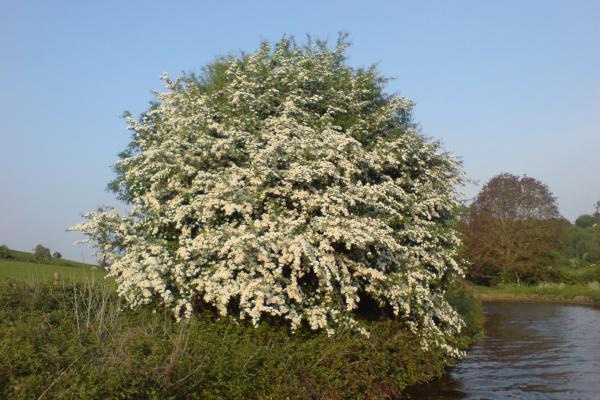
.jpg)
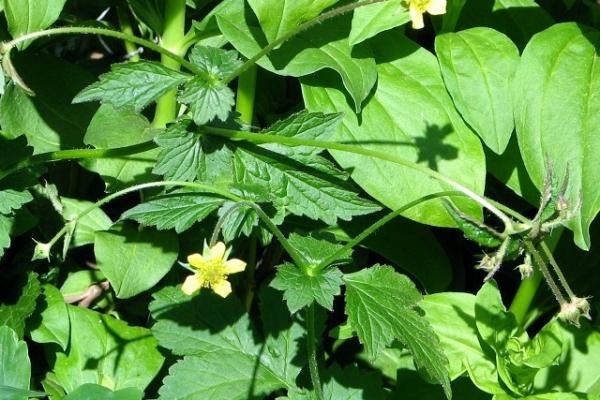
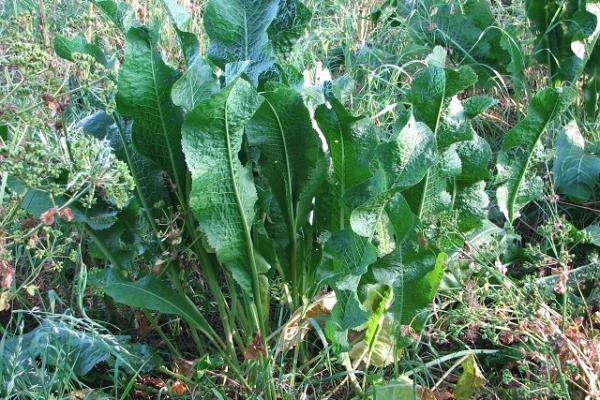
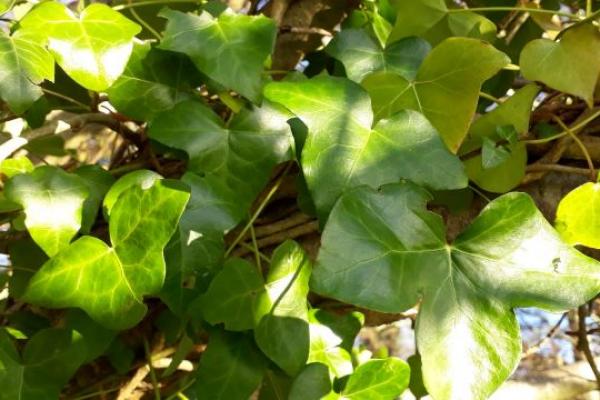
.jpg)


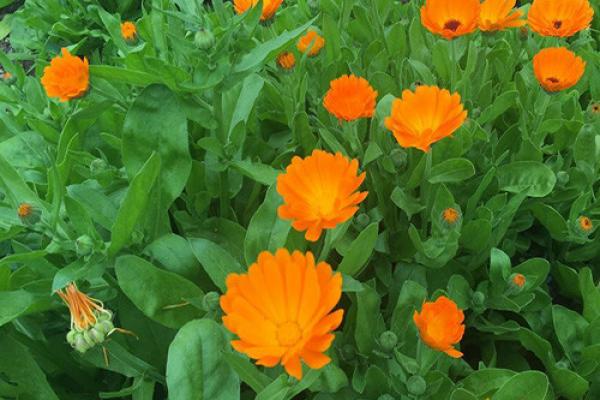
.jpg)
.jpg)
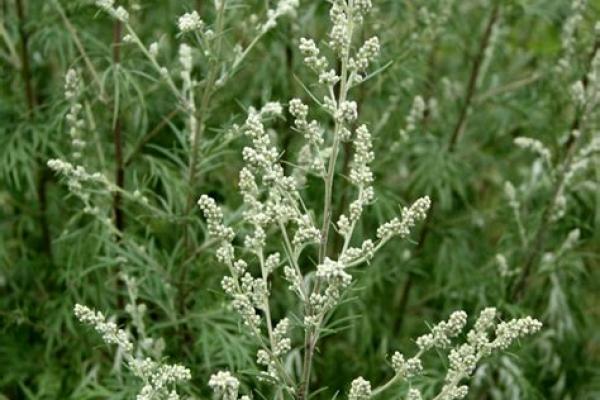
.jpg)
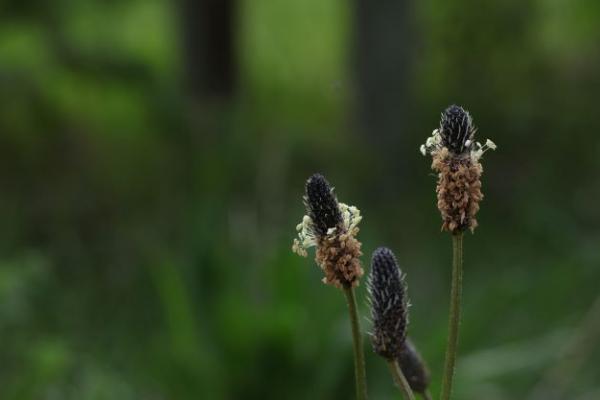
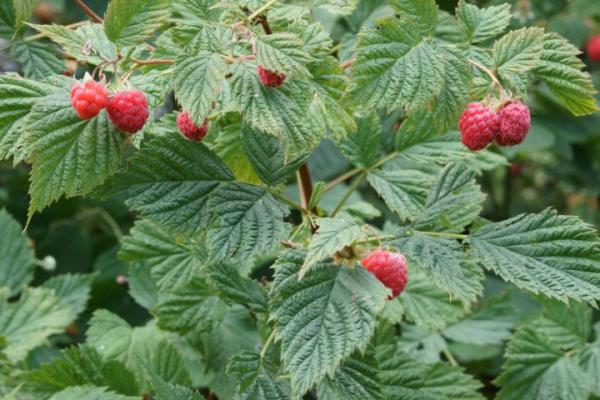
.jpeg)
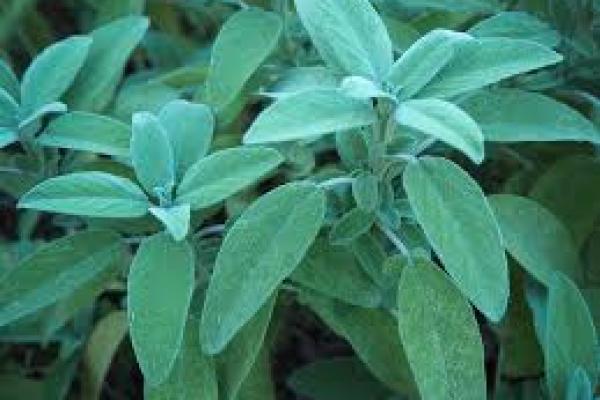
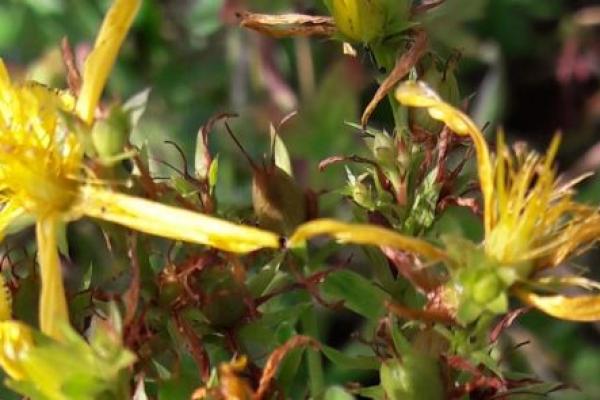
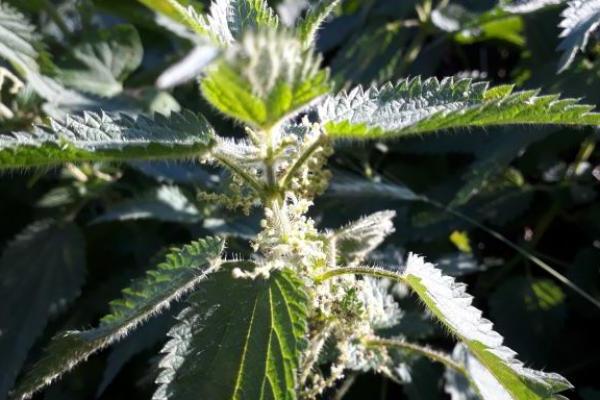

.jpg)
.jpg)